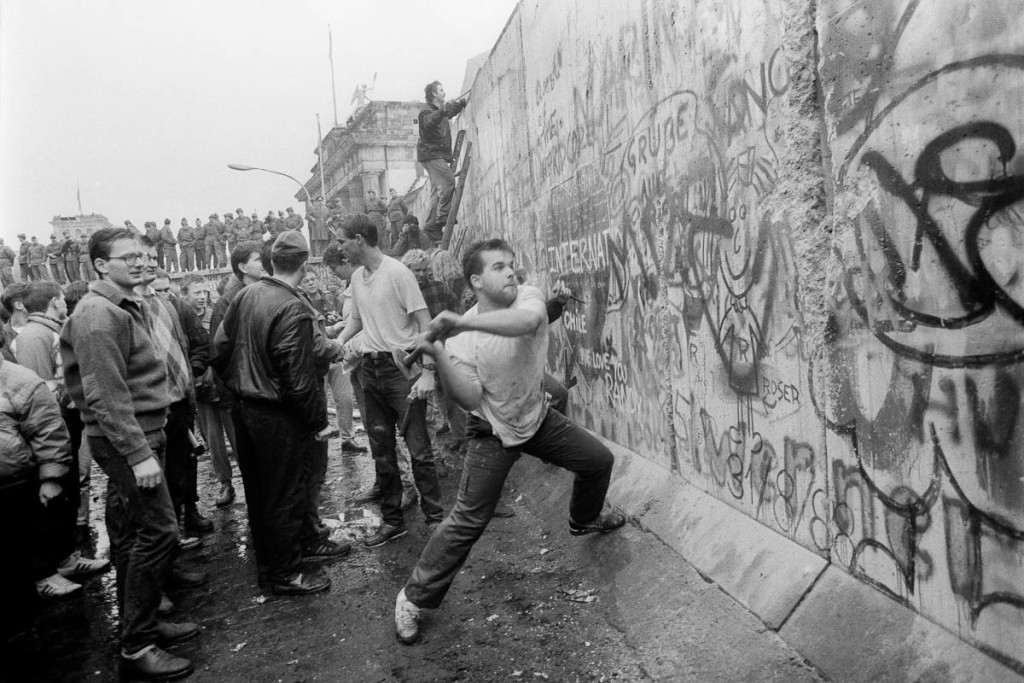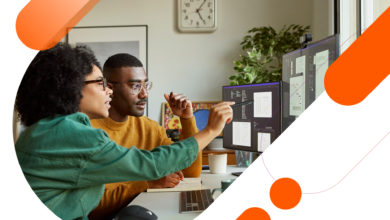Most people had probably never heard of a firewall until the day their company network stopped them from visiting a website. That was back when the web—with its news sites, social networks and games—was seen as the ultimate productivity drain. These days we are genuinely reliant on the internet in our daily work.
Much of our browsing is now company-sanctioned, as we need to access software-as-a-service (SaaS) websites in order to complete expense forms, manage projects or share files with clients. Sadly, as SaaS services poked necessary holes in the corporate firewall, a new firewall has been raised high in its place. I call it: the collaboration firewall.
The who, how and where of collaboration
Effective collaboration with colleagues, clients and contractors requires three crucial factors: the who, how and where of collaboration.
Who are you working with? If they’re inside your organization you can rely on shared servers, but once you involve external clients and contractors, sharing information becomes much trickier. It’s also important to consider the types of people you’re dealing with: creatives, accountants and engineers each have very different needs.
How do you share your information? When sharing files externally, those dreaded firewalls force you to rely on email. But attachment size limits mean you have to break your flow and use file sharing services, or, if you prefer your solutions complex, inflexible, expensive and exposed, FTP.
Where are you working? Email remains the most popular collaboration tool but it has other problems beside file size limits. Attachments are easily disassociated from context, while feedback must compete with the deluge of incoming messages, updates and reply-alls.
Another brick in the firewall
The collaboration firewall is raised when email is coopted for collaboration. Because it’s not designed to deal with complex whos and hows, we have to incorporate a series of clunky and ineffective processes in order to overcome these limitations. Taking down this new firewall requires some fresh thinking. A new way of working needs to move beyond email, while remaining a simple and secure way to share ideas and information from anywhere.
Most importantly, it has to understand the Who, which means solving the problems faced by different types of people, particularly those working on creative projects. We live in a creative economy, where business is driven by ideas-led collaboration. We’re all creators now, but the tools to help us harness this creativity more effectively have yet to catch up.
Powering the creative process
Existing collaboration tools tend to be highly structured and often complex. They are not a good fit for the creative process, which is spontaneous and unpredictable, with as many dead ends as successes.
 Nor are creative teams made up of uniform types. Our multimedia world means creative ideas can have a variety of applications, from ad to app, online experience to offline event. This requires teams of disparate disciplines including filmmakers, digital designers, voice actors and producers. To be truly effective, a creative collaboration service can’t be aimed at a niche audience, but must work for everyone in the process.
Nor are creative teams made up of uniform types. Our multimedia world means creative ideas can have a variety of applications, from ad to app, online experience to offline event. This requires teams of disparate disciplines including filmmakers, digital designers, voice actors and producers. To be truly effective, a creative collaboration service can’t be aimed at a niche audience, but must work for everyone in the process.
Taking back feedback
The creative process thrives on feedback but because we’re still stuck working in email, comments and approvals are easily disassociated from the work, especially for image and video files. A great collaboration solution will allow everyone to directly annotate and comment on any kind of file and record every piece of feedback in one place.
When feedback is acted on, new versions will be added ensuring the most recent draft is accessible and apparent, not lost in multiple inboxes. A file centric creative process allows anyone—client, managers or new contributor—to establish at what stage a project is. By looking back at previous versions and the conversations around them, it’s also easy to see how the work got to this point.
Looking for freedom
This is my vision for the future of how we can work together. It’s about changing where we collaborate and how we share information that, crucially, knows the importance of who is doing this work. Let’s tear down the collaboration firewall and be more effective and creative every day. Anyone got a crowbar?






Josh,
You are right in suggesting email struggles with the creative process. Early brainstorming is rapid and visual cues do more than raise ideas. I used twitter, Guardian Sustainable business blog ,linkedin and a small amount of email linked by key words and often not visable to other participants. Food security went from philanthropic to being a shared value proposition with growth in health messages and investment.
Layered messaging is a skill few have yet to explore and oneday I might spill the beans. Until then, consider all the messages you have received in your lifetime and consider whether they still mean what they intended.
Happy to collaborate.